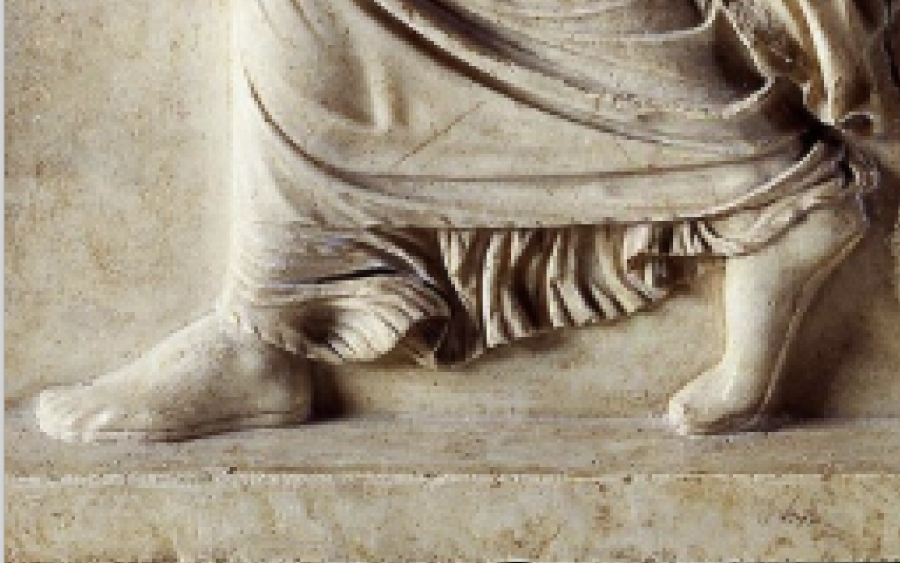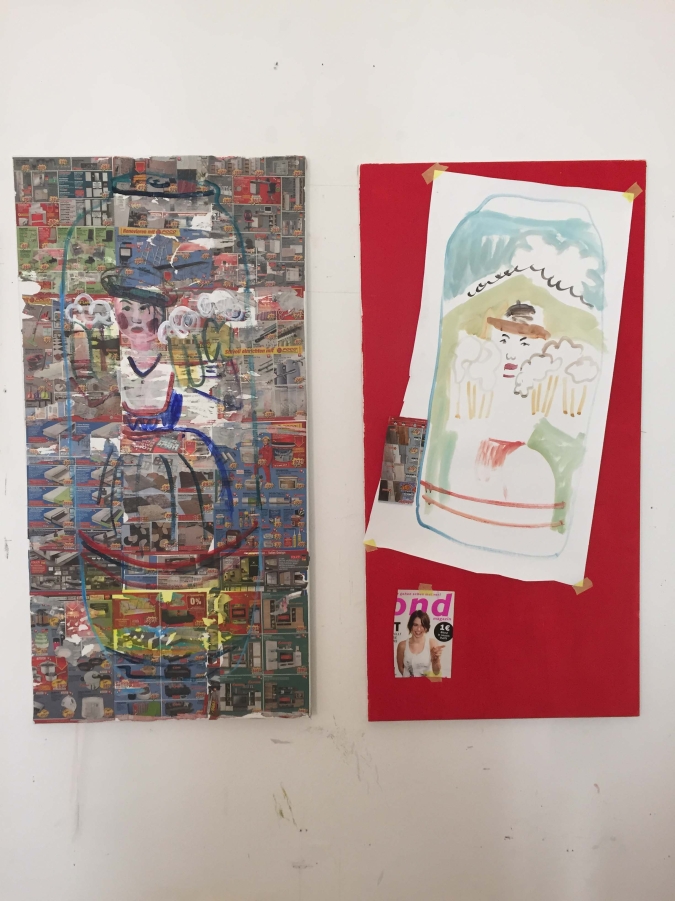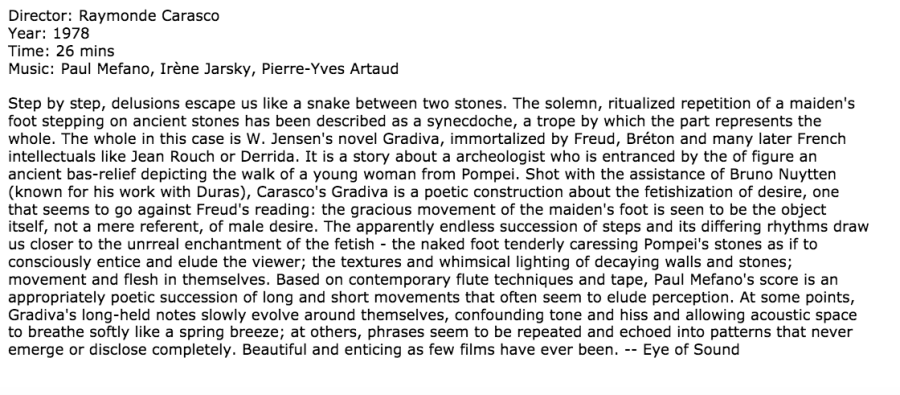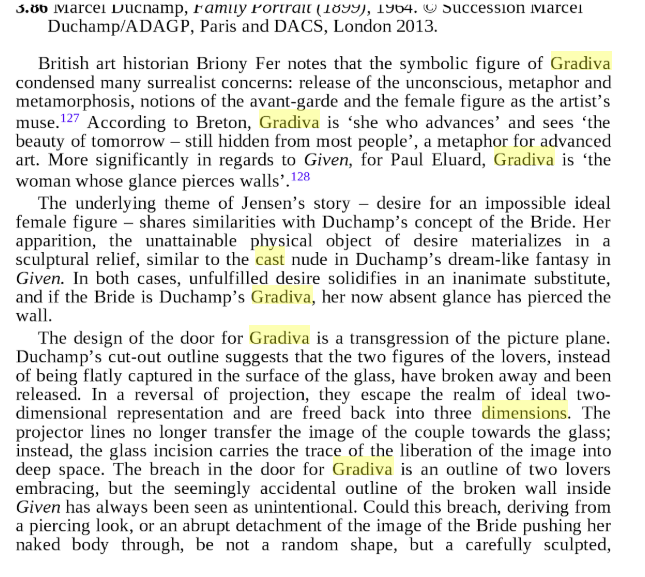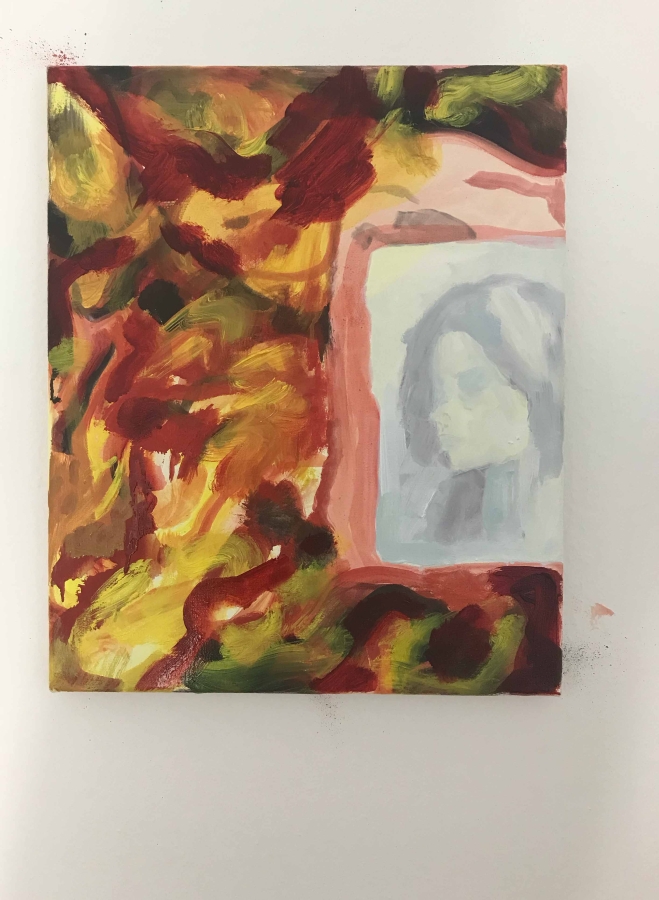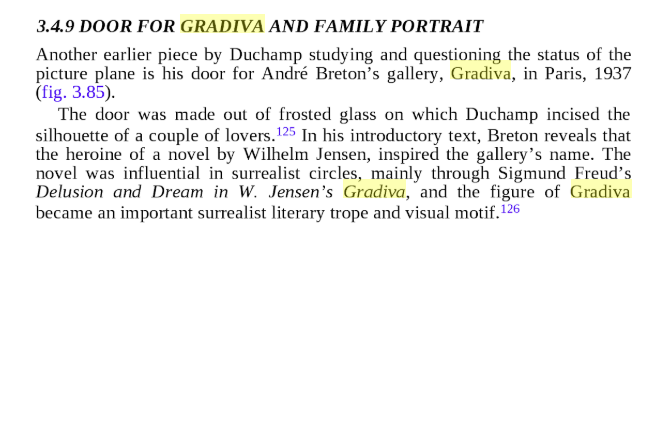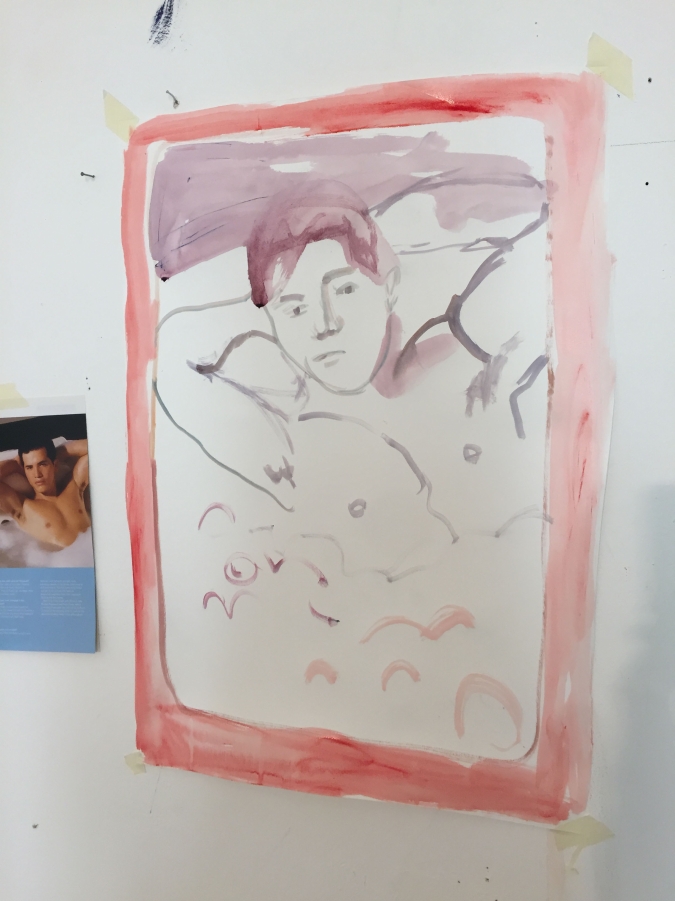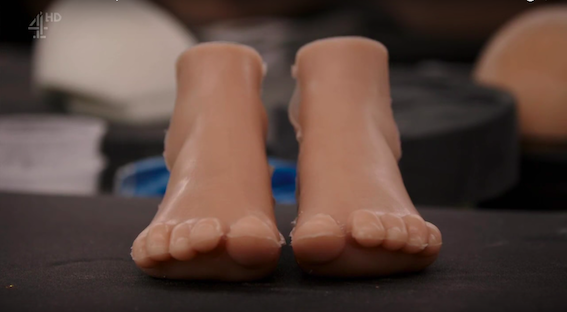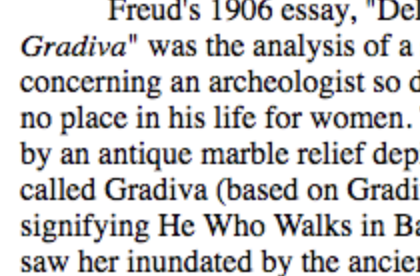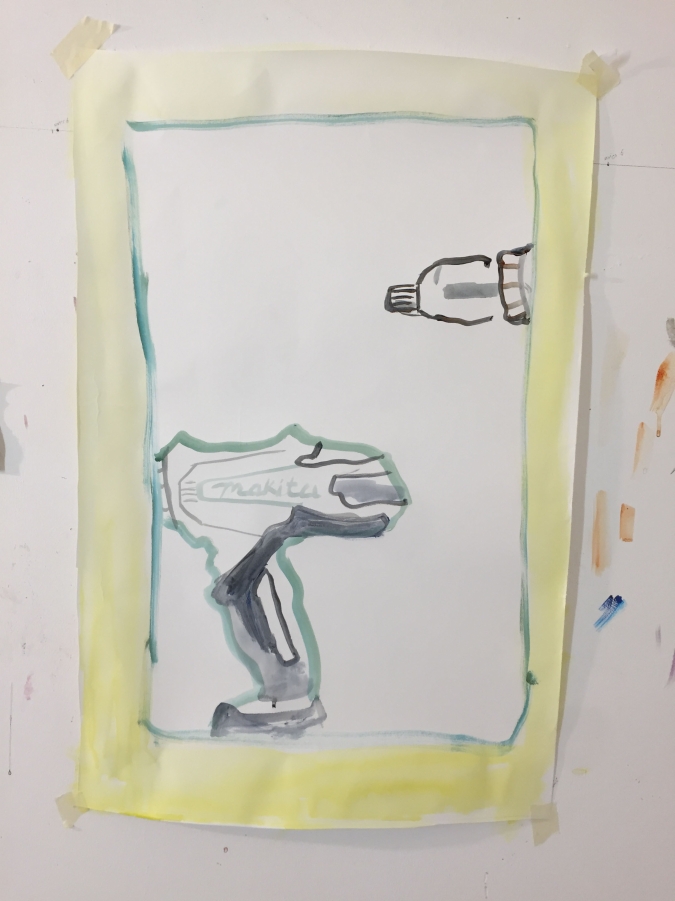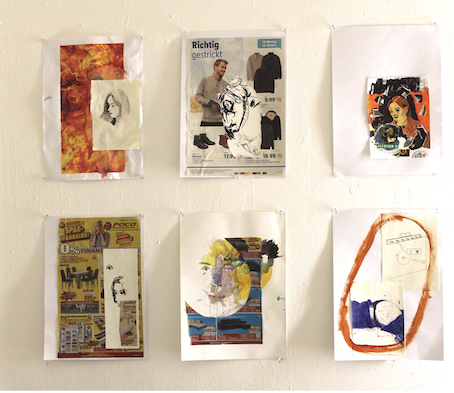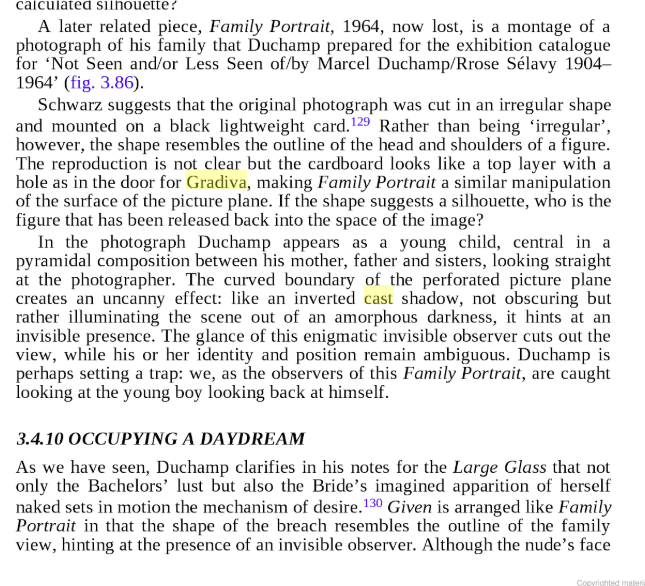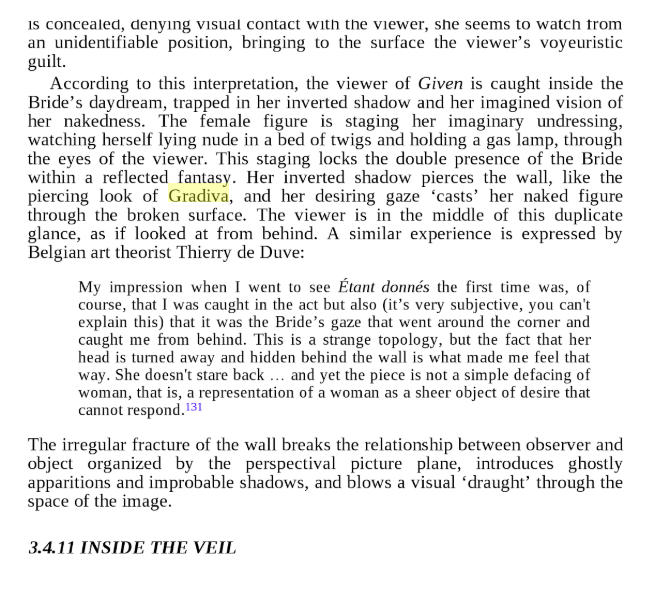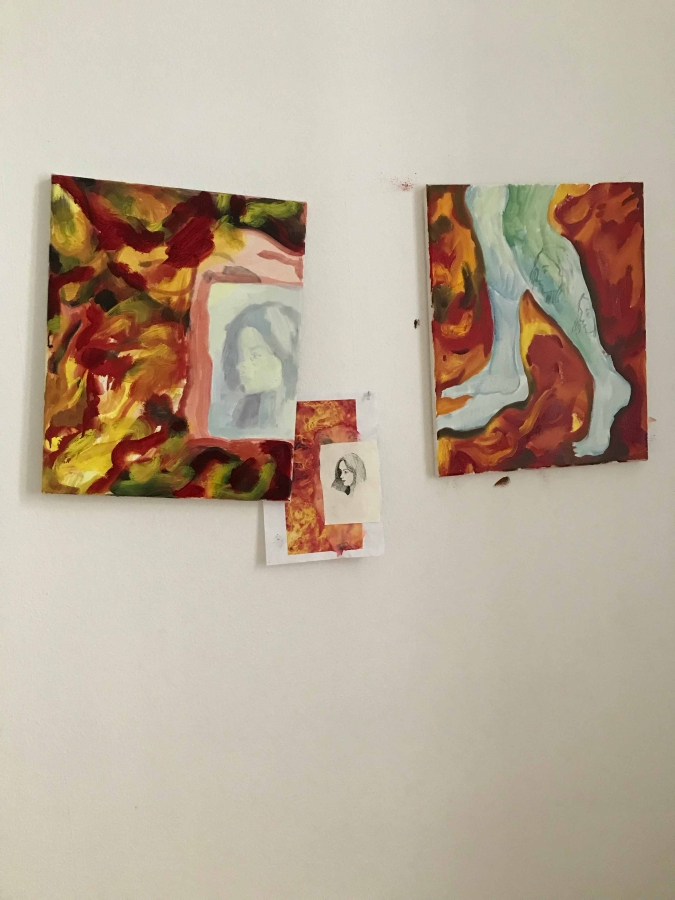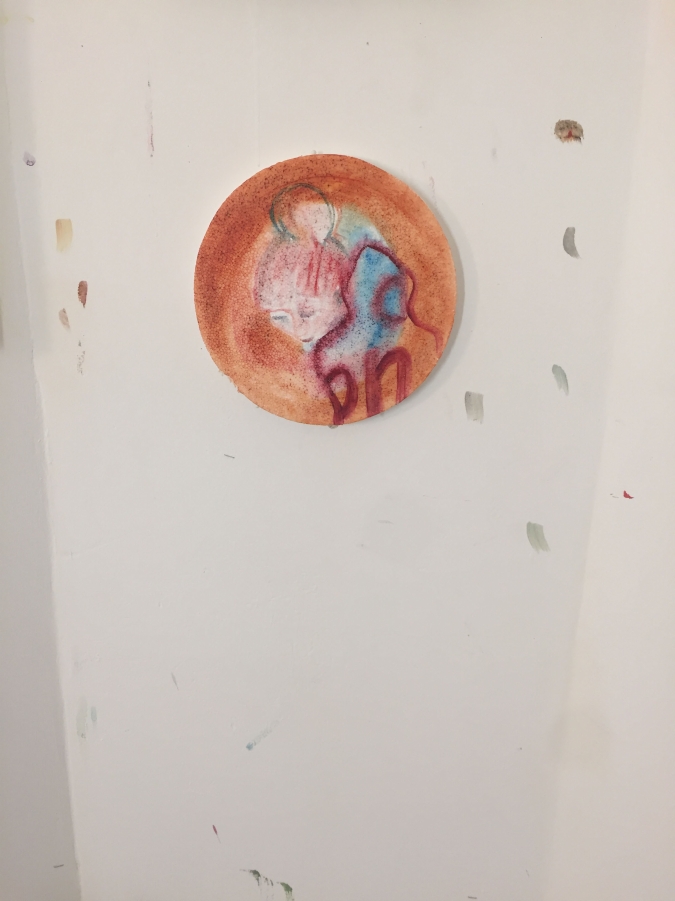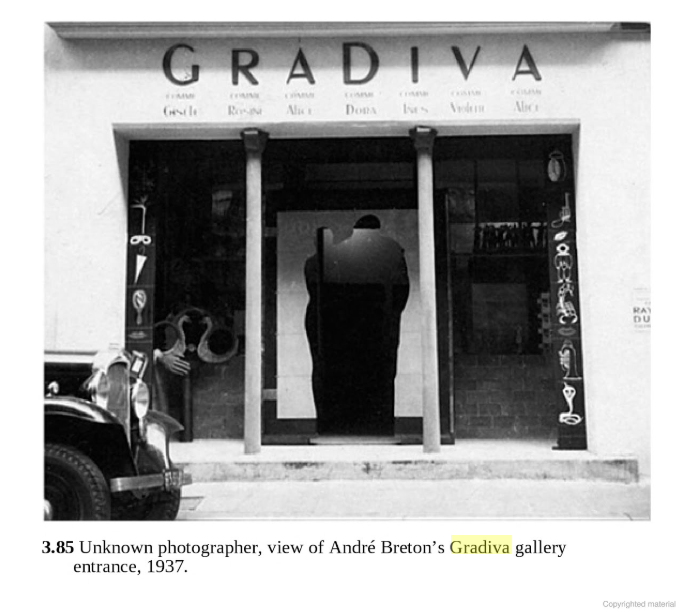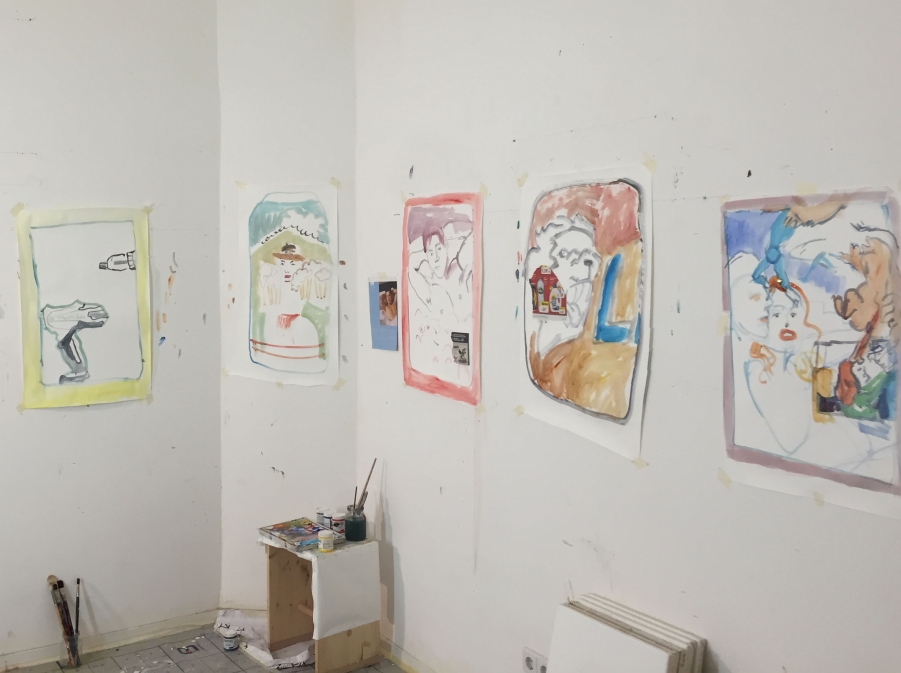Wikipedia definition:
Gradiva is a novel by Wilhelm Jensen, first published in instalments from June 1 to July 20, 1902 in the Viennese newspaper "Neue Freie Presse". It was inspired by a Roman bas-relief of the same name and became the basis for Sigmund Freud's famous 1907 study Delusion and Dream in Jensen's Gradiva (German: "Der Wahn und die Träume in W. Jensen's Gradiva"). Freud owned a copy of this bas-relief, which he had joyfully beheld in the Vatican Museums in 1907; it can be found on the wall of his study (the room where he died) in 20 Maresfield Gardens, London – now the Freud Museum.
Plot synopsis
The story is about an archaeologist named Norbert Hanold who is obsessed with a woman depicted in a bas-relief that he sees in a museum in Rome. After his return to Germany, he manages to get a plaster-cast of the relief, which he hangs on a wall in his work-room and contemplates daily. He comes to feel that her calm, quiet manner does not belong in bustling, cosmopolitan Rome, but rather in some smaller city, and one day an image comes to him of the girl in the relief walking on the peculiar stepping-stones that cross the streets in Pompeii. Soon afterwards, Hanold dreams that he has been transported back in time to meet the girl whose unusual gait so captivates him. He sees her walking in the streets of Pompeii while the hot ashes of Vesuvius subsume the city in 79 AD.
Thinking through image, walking, image of volcanoes, constant change, date and time, images in Lidl shopping catalogues, images on German beer bottles, bas relief, rubber feet, portals, walking through the figure, walking out of the image, thinking through and out of the static, the bustling city and the quiet manner, the loud manner.





